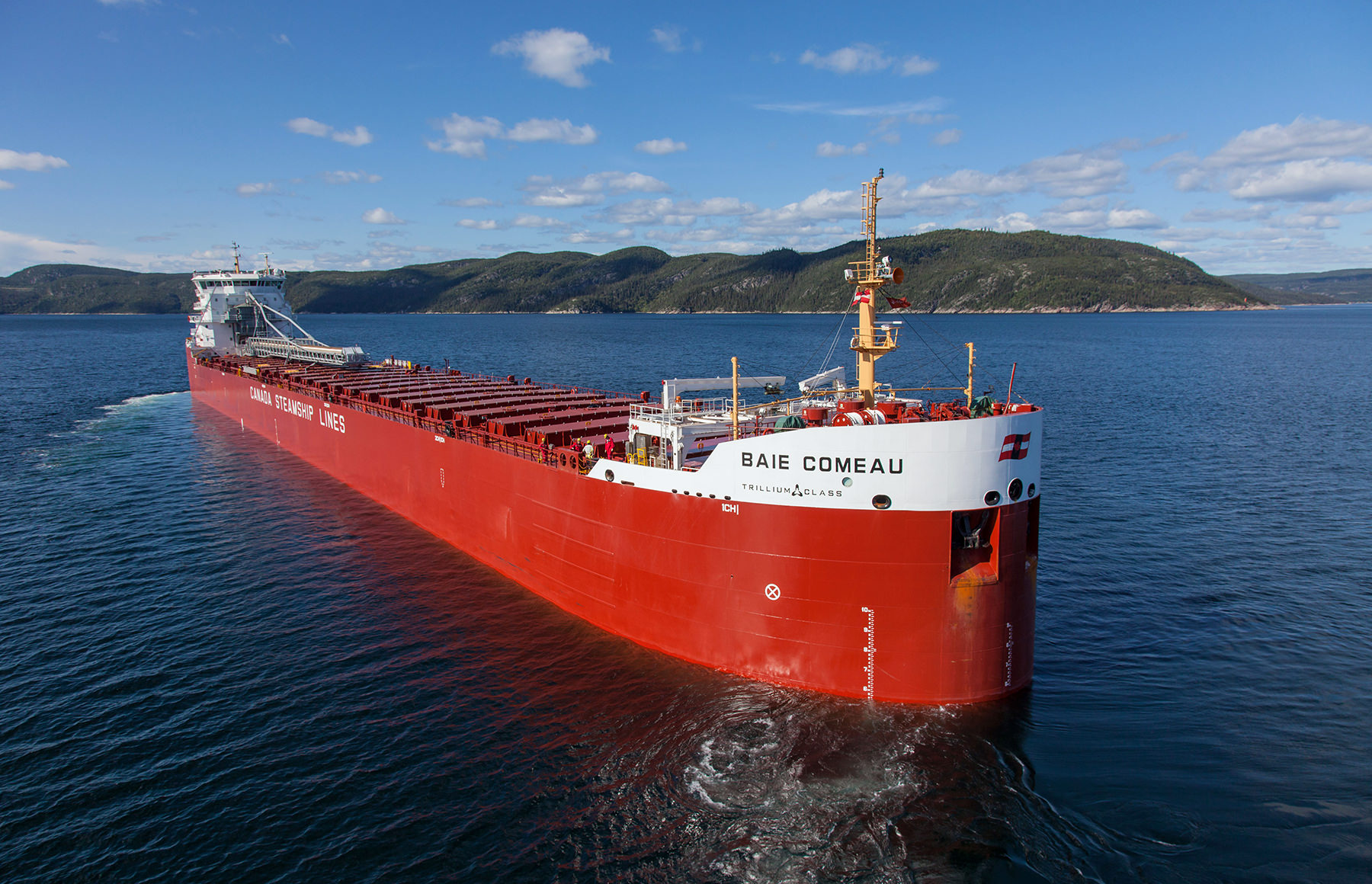
Expensive New EPA Maritime Fuel Rule Will Increase Air Pollution, Crowd Roadways
WASHINGTON – Congressional leaders heard Tuesday from shipping industry representatives Rod Jones, President and CEO of the CSL Group and Bill Terry, President and CEO of Eagle Rock Aggregates, about a well-intentioned new shipping fuel requirement from the Environmental Protection Agency (EPA), set to take effect in 2015, whose flawed design is likely to spur increased onshore air pollution and higher shipping costs, as well as increased shipping prices for companies reliant on the short sea shipping industry.
Mr. Jones and Mr. Terry testified in person and via written statement as part of the “Maritime Transportation Regulations: Impacts on Safety, Security, Jobs and the Environment,” hearing convened by the House Committee on Transportation and Infrastructure’s Subcommittee on Coast Guard and Maritime Transportation. Mr. Jones also presented an alternative proposal to the Committee that achieves the same environmental goals as the new regulation without the same prohibitive costs.
The new rule in question seeks to limit sulfur emissions from shipping vessels traveling within the 200 nautical mile (nm) boundary of the North American Emission Control Area (ECA) by requiring the use of a highly expensive, low-sulfur fuel. But according to the two executives, the EPA didn’t consider the short sea shipping industry, whose vessels travel almost entirely within the ECA, when crafting the policy. The new fuel’s price tag, they said, is so expensive that it is likely to displace cargo shipments onto substantially less environmentally-sound shipping modes, particularly trucks and trains. For the public, that means more onshore air emissions and crowded roadways.
Mr. Jones and Mr. Terry explained that transoceanic and short sea vessels will incur impacts from the rule in fundamentally different ways. A transoceanic vessel on an international passage will only spend a small portion of the voyage within the ECA, and will thus only see a small cost increase from the new fuel standard. But because short sea shipping vessels embark on voyages that are almost entirely within the ECA, their cost increases will be much higher. The EPA’s cost estimates considered only transoceanic shipping, and anticipate that the new fuel requirement will lead to a modest 3 percent cost increase. But CSL and other members of the short sea shipping sector estimate that they are likely instead to see a 35 percent increase in fuel costs.
CSL calculated that, on average, each ship would bear about $815,000 of additional annual fuel costs. For CSL alone, the cost could exceed 14 million dollars per year.
Rod Jones, President and CEO of the CSL Group
As an alternative, Mr. Jones proposed that the requirement be amended to only affect short sea ships until they reach 50 nm from shore. Short sea shipping vessels, he testified, have virtually no impact on coastal air quality once reaching their cruising distance of 50 nm out at sea.
This revision will move away from the current ‘one size fits all’ regulation and align with a scientifically based approach which achieves the same environmental protection goals
Rod Jones, President and CEO of the CSL Group
Mr. Jones’ testimony also relayed environmental concerns that, with shipping costs expected to rise to cover the spike in fuel costs, more goods will be shipped instead by cheaper but less environmentally-friendly forms of transportation like truck and rail. Mr. Jones testified that short sea shipping is “seven times more efficient than truck, and 2.5 times more efficient than rail.” Increasing reliance on truck and rail transport is likely to increase pollution and traffic, he said, and have an overall negative environmental impact.












